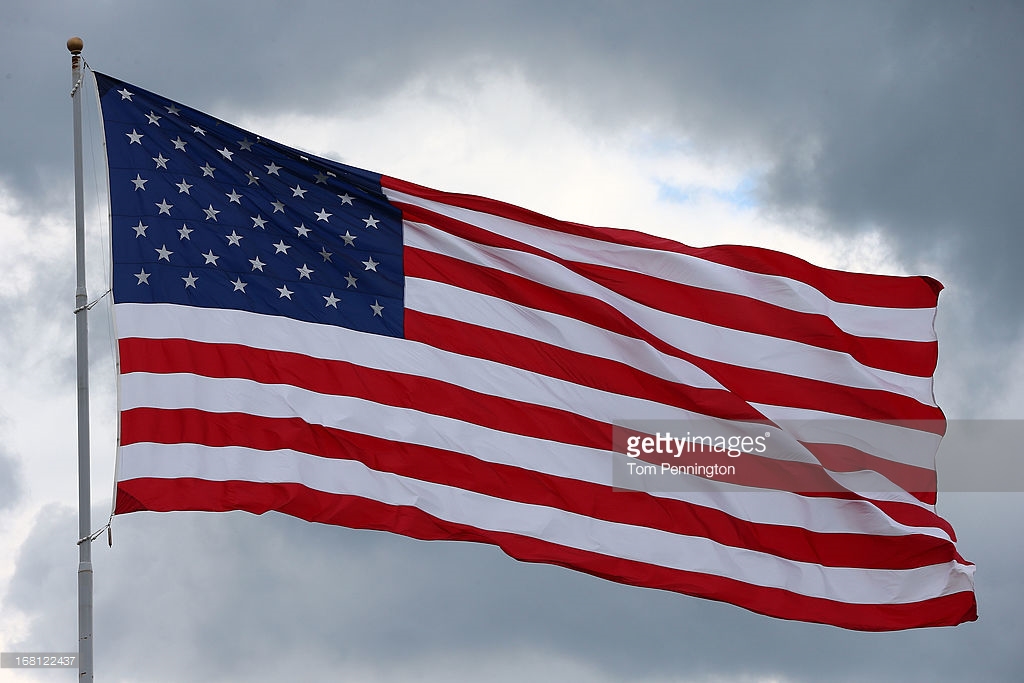According to federal data, since 2003 up till now, the rate of suicide in the United States has risen sharply, especially among white middle-aged women. Coming with other social severe recession, last decade witnessed a lot more of drug addicts rates, social isolation, what so-called the gray divorce, and notably this might have been influenced by the rise of Internet and social media, a life-style that may have led to the growth in suicide, as stated by many people who examine and study this issue.
Julie A. Phillips, a professor of sociology at Rutgers University who studies the demography of suicide, said that people were building many hopes and expectations that were altered and defeated by the Great Recession. She added “Things aren’t panning out the way people expect. I feel for sure that has had an effect.”
Thus, the growing suicide rate might still take a progress in the coming period due to the economic distress in the country, where data showed that annually there is a 1 percent increase registered between 1999 and 2006, however with a yearly 2 percent hike following that, as the economy deteriorated, unemployment skyrocketed and millions lost their homes.
According to a study by the National Center for Health Statistics an alarming rise in suffocation cause mostly by self-hangings as a suicide method is being reported. Noting that this technique grew by 89 percent following the population adjustment. Experts struggled to pinpoint a reason; use of firearms and pills declined as a share of the increasing number of suicides. There are more than two suicides for every homicide. Among whites, there are more than seven suicides for every slaying.
Nevertheless, sadly suicide remains one of the 10 leading causes of death for Americans, where along with opioid abuse and alcoholism, suicide has been the recent center of attention as one of the main causes of a surprising increase in mortality for white men and women since the turn of the last century, especially for those who age between 45 to 54.
Noting that the overall rise comes in a of long-term decline of death rates for most other major killers, such as cancer and heart disease, the result of billions of dollars spent on research and the development of new treatments. The U.S. homicide rate is also down:
A study last November by Princeton University economists Anne Case and Angus Deaton, and other studies like it, have triggered new concerns about middle-aged whites, particularly people with less education and people living in rural areas, who appear to be more severely affected. Friday’s report will do nothing to allay that.
Overall, the new data show, the age-adjusted suicide rate in the United States jumped 24 percent between 1999 and 2014, from 10.5 per 100,000 people to 13 per 100,000 people. The rate increased for both sexes and in all age groups from 10 to 74. The pace has continued into the first two quarters of 2015, separate data show.
More men than women still complete suicides because they tend to use more lethal methods, such as guns and jumping from buildings or bridges. But women attempt suicide in much greater numbers. Statistics on suicide and race released separately by the agency Friday showed that American Indians and Alaska Natives suffered the greatest rate of increase in suicides, though that population is much smaller than other ethnic groups in the United States. Whites were second. Among white women ages 45 to 64, for example, the suicide rate jumped 80 percent, from 7 per 100,000 in 1999 to 12.6 per 100,000 in 1994.
Suicide rates declined from the mid-1980s until about 2000, but rates have risen back to the level of the 1980s as the baby-boom generation has aged, said Cathy Barber of the Harvard School of Public Health. Alex Crosby, chief of the surveillance branch in the Centers for Disease Control and Prevention’s division of violence prevention, said suicide can be influenced by many factors – some personal, some social – making it difficult to draw broad conclusions about the data.
“We know something about the risk factors going up and protective factors going down,” he said.
Suicide can be an impulsive act for some, but others engage in weeks or months of planning, he said. Being a victim of violence or child abuse increases the risk of suicide, as does having parents who are substance abusers or who have been incarcerated. Mental illness and substance abuse also are associated with higher suicide rates.
Social isolation, bullying – the old fashioned kind or cyberbullying – and the rise of the Internet may also have some influence, Crosby and others said.
Sally C. Curtin, a statistician for the National Center for Health Statistics and lead author of the study released Friday, said that “the Internet can be a double-edged sword. Prevention materials can be widely disseminated, but also you can just Google ‘suicide.’ It’s just very different how much information we have at our fingertips.”
Not only is advice about how to commit suicide easy to find online, so is essential equipment, such as the plastic bags known as “exit sacks” that are used in suffocation. Searches on Yahoo and Google for words linked to suicide brought up paid ads for advice books and other paraphernalia. Yahoo and Google said they have policies against such ads and block them whenever they find them.
Prevention is still challenging. Gun locks, nets and barriers on bridges, and safely secured medications have been shown to prevent impetuous acts, but more broad-based efforts are needed, experts said. “We now know it’s a mental health condition. We know it’s preventable,” said Jill Harkavy-Friedman, vice president of research at the American Foundation for the Prevention of Suicide. “The research and the funding have not kept up with that yet. As the stigma dissipates, that is going to change. But we have to put the money behind it.”
